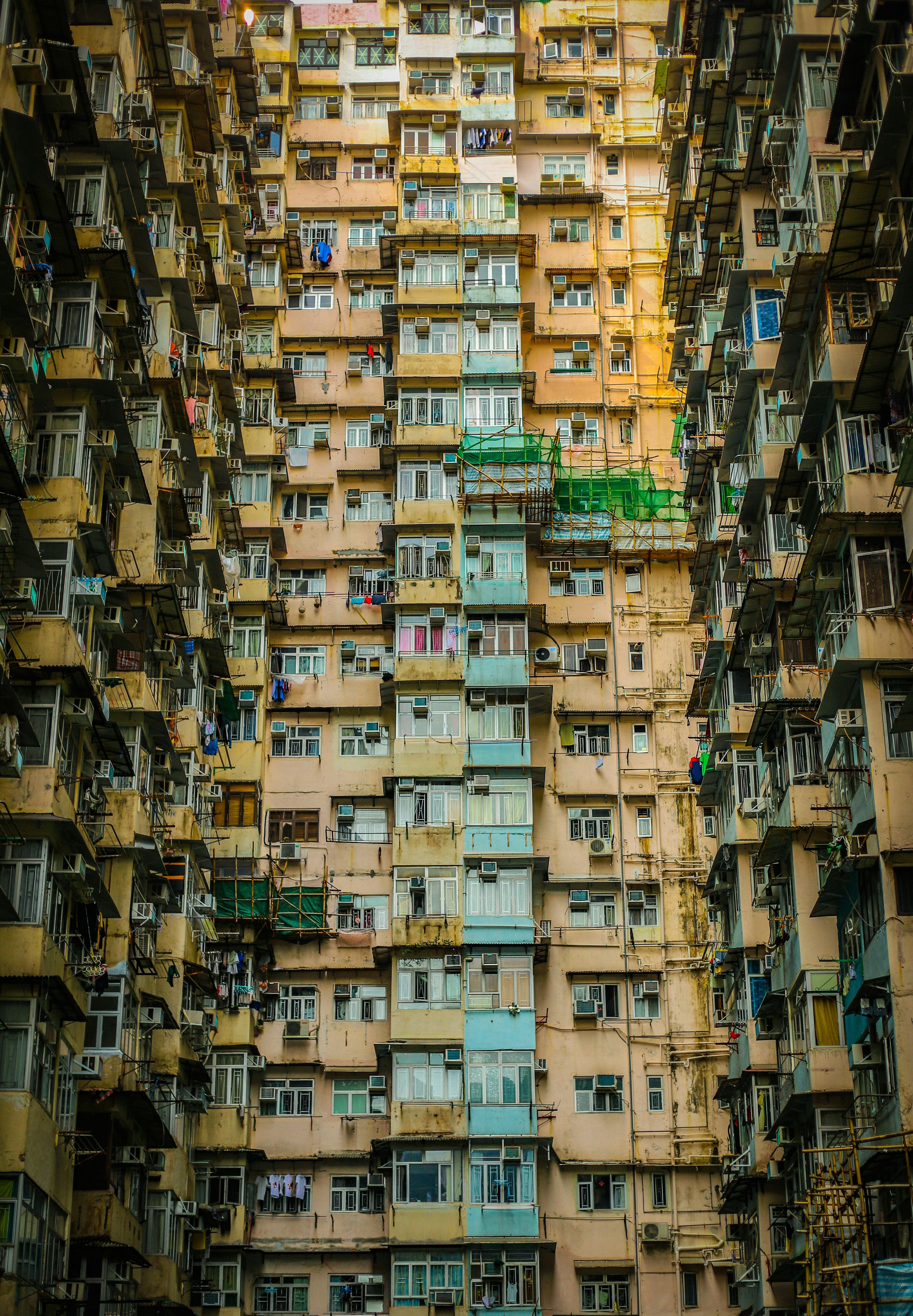These are some of the world's top smart and sustainable cities

New York is the 2nd top city, according to the rankings.
Image: Unsplash/ben o'bro
Stay up to date:
Cities and Urbanization
- Multiple factors are needed for a smart and sustainable city, such as social cohesion, human capital and economic performance.
- The IESE ranking of the world’s most sustainable and smart cities is led by European and US cities, but many cities from elsewhere perform strongly against individual measures.
- With increasing numbers of people living in cities, initiatives like the World Economic Forum’s Global Future Council on Cities, which aims to tackle urban affordability, will become more important.
London, Paris, New York – it’s easy to reel off a list of the world’s most famous cities. But what makes a great city? And behind the hype and celebrity, are there other cities we should be celebrating as we look to create smart, sustainable, liveable urban spaces of the future?
Many elements go into making a world-class city, says the IESE Business School, which has produced a ranking of the top smart and sustainable cities for the past nine years.
These include structural and systemic measures like urban planning, mobility and transportation, as well as economic ones like attracting and retaining the best talent and promoting economic development.
Environmental protection and technology are increasingly important considerations, too. And then there are areas related to culture and society that can be harder to measure, such as social cohesion and human capital.
They all come together to make the world’s best cities, which are not only enjoyable places to live in but also good for business, the IESE says.
Jeff Merritt, Head of Urban Transformation at the World Economic Forum, agrees. "The report makes an important connection between 'smart' cities, sustainability, and local economies. When these things are aligned, technological innovations are working for people and the urban environment to create thriving 21st century cities."
World-class cities
European and North American cities dominate this year’s rankings, with the world’s developing economies struggling to make their presence felt. After analyzing 183 cities in 92 countries, the IESE has identified the top 10 cities in the world as follows:
1. London, UK
2. New York, USA
3. Paris, France
4. Tokyo, Japan
5. Berlin, Germany
6. Singapore, Singapore
7. Oslo, Norway
8. Amsterdam, The Netherlands
9. San Francisco, USA
10. Chicago, USA
From Latin America, the highest-ranked city is Santiago (91st), followed by Buenos Aires (115th) and Montevideo (119th). Cape Town (141st) is the top-scoring city in Africa.

How is the World Economic Forum supporting the development of cities and communities globally?
Many ways to excel
Beyond the top 10, however, there are many examples of cities, across the globe, innovating in unique ways.
Cape Town, for example, is comparatively far down the rankings overall but is making strides in facilitating its citizens’ access to information and improving liveability. It provides free Wi-Fi on city buses, for example, and uses real-time data to support its emergency response and surveillance services.
Santiago, meanwhile, has made significant progress on several green initiatives, reducing the number of days with poor air quality by 70% over the past decade. Measures taken by the Chilean capital include converting 30% of its bus fleet to electric since 2017.
Elsewhere, Melbourne, Australia is leading the way in biophilic urban design – integrating nature into the fabric of the city. Examples highlighted by the IESE include the Data in the Park initiative, where interactions and behaviours in public spaces are analyzed to help improve the management, maintenance and design of green spaces.
Hong Kong SAR, China, is another city using data, to improve citizen’s lives. It ranks top for technology, with the report citing its iAM Smart app as an example, which provides a single digital identity and authentication method for users to access government services.
Edinburgh is the number one city for social cohesion in the rankings. The IESE highlights innovative moves Scotland’s capital city has made, such as the creation of an operations centre that manages the city’s real-time data and contributes to improvements in areas including traffic management, disaster response, and the city’s carbon footprint.
Smart but also wise
Cities are home to a growing majority of the world’s population and so ensuring they thrive as sustainable, inclusive and liveable hubs is an ongoing challenge.
The World Economic Forum’s Global Future Council on Cities, for example, is aiming to tackle one element of that in particular – the urban affordability crisis. It aims to promote ways for public, private, and civil society stakeholders to drive change to stop the issue of deepening inequities.
The report’s authors point out that while the examples above show how cities can be smart, designing them wisely requires strategy and an active, participatory society. While each city will have its own path to improvement, there are a number of best practices that can be identified. These include: prioritizing innovation and the use of technology to address changes; dealing with economic problems such as inflation and rising energy costs; finding a balance between economic growth, social justice and sustainability; and learning from each other.
Don't miss any update on this topic
Create a free account and access your personalized content collection with our latest publications and analyses.
License and Republishing
World Economic Forum articles may be republished in accordance with the Creative Commons Attribution-NonCommercial-NoDerivatives 4.0 International Public License, and in accordance with our Terms of Use.
The views expressed in this article are those of the author alone and not the World Economic Forum.
Related topics:
Forum Stories newsletter
Bringing you weekly curated insights and analysis on the global issues that matter.
More on Urban TransformationSee all
Jeff Merritt and Vivian Brady-Phillips
July 25, 2025
Muhammad Hassan Dajana and James Balzer
July 22, 2025
Olivia Nielsen
July 16, 2025
Luis Antonio Ramirez Garcia
July 14, 2025
Sam Markey, Basmah AlBuhairan, Muhammad Al-Humayed and Anu Devi
July 8, 2025







